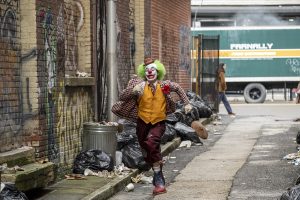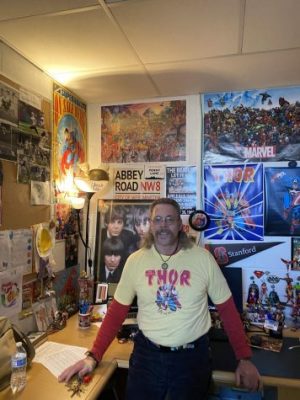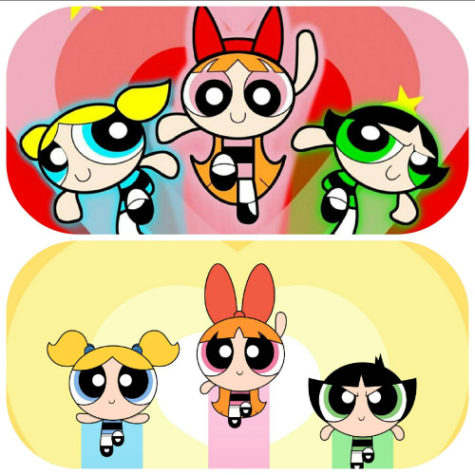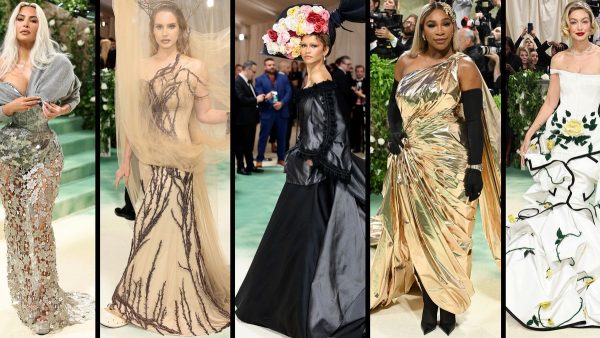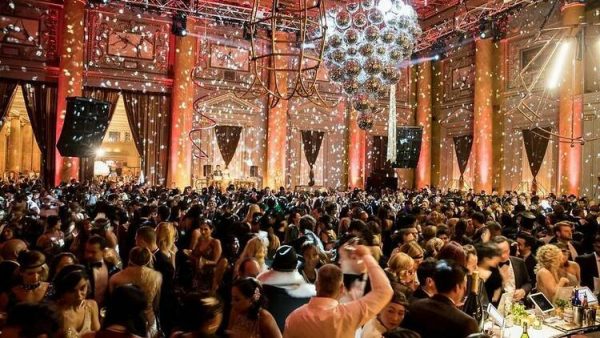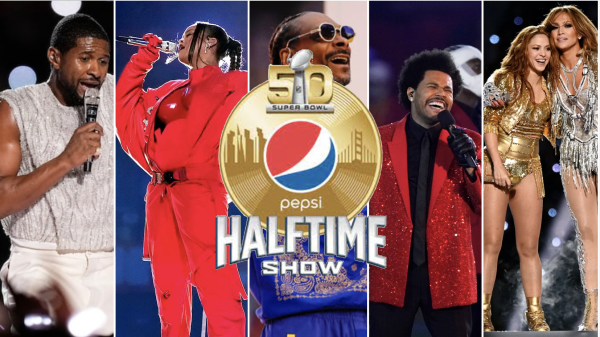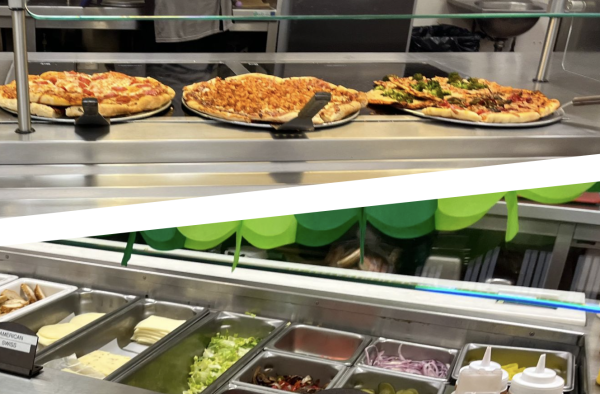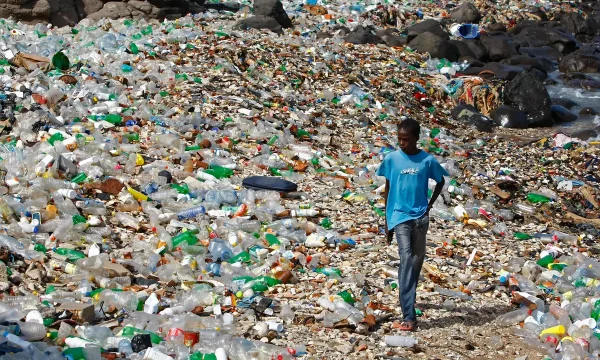The Growing Diversity in Webtoons
May 25, 2021
Whether it be a character stuck in a love triangle or sent back in time to the Joseon Dynasty, many South Koreans are glued to their screens while scrolling through cartoon plots filled with drama. These digital, vertical comics called Webtoons originate from South Korea and range from fantasy to drama, horror to historical fiction. Recently, Webtoons have gained popularity among international fans, leading an increase of international Webtoon creators. And with more global creators, there is a growing amount of diversity in Webtoons.
Unlike countries such as America, there is not a great deal of racial diversity in Korea. As a result, many  Korean Webtoon creators heavily portray Koreans in their work. This lack of diversity is not a critical problem because Korean Webtoons target Koreans. However, recently, this has become a growing issue due to the increase of international readers. With a small amount of racial representation, it is difficult for global fans to relate to Korean Webtoons. Hence, many international Webtoon creators are portraying their societies and people with more racial diversity.
Korean Webtoon creators heavily portray Koreans in their work. This lack of diversity is not a critical problem because Korean Webtoons target Koreans. However, recently, this has become a growing issue due to the increase of international readers. With a small amount of racial representation, it is difficult for global fans to relate to Korean Webtoons. Hence, many international Webtoon creators are portraying their societies and people with more racial diversity.
“About race, though, international Webtoons definitely have a more diverse collection of characters,” said Talia G., a freshman at BCA. “I’m pretty sure this isn’t very surprising, though, because it’s only natural that Korean Webtoons would center around a predominantly Korean cast of characters. Like, all of the most popular Korean Webtoons that I can think of right now such as Odd Girl Out, True Beauty, Age Matters, and The Girl Downstairs, are basically only set in Korea-again, really not surprising-with only Korean characters. On the other hand, international Webtoons are written by authors and artists from all over the world, so it only makes sense that they would be more inclusive than Korean Webtoons, which are only coming from a certain area with certain views. And there are tons of international Webtoons that have characters from all over the world, which include Magic Soda Pop, The Wrath & the Dawn, Castle Swimmer, Hooves of Death, Not Even Bones, and Brimstone and Roses.”
Similarly, Mika B., a freshman at BCA, agrees that international Webtoons bring a wider range of ethnicities. “While there is often some diversity in Korean Webtoons, I feel that there is a lot more of it in international Webtoons. You see a fair amount of Black and Hispanic representation in a lot of international Webtoons, but sometimes not so much in Korean Webtoons.”
Additionally, there are more LGBTQ+ characters portrayed in international Webtoons compared to Korean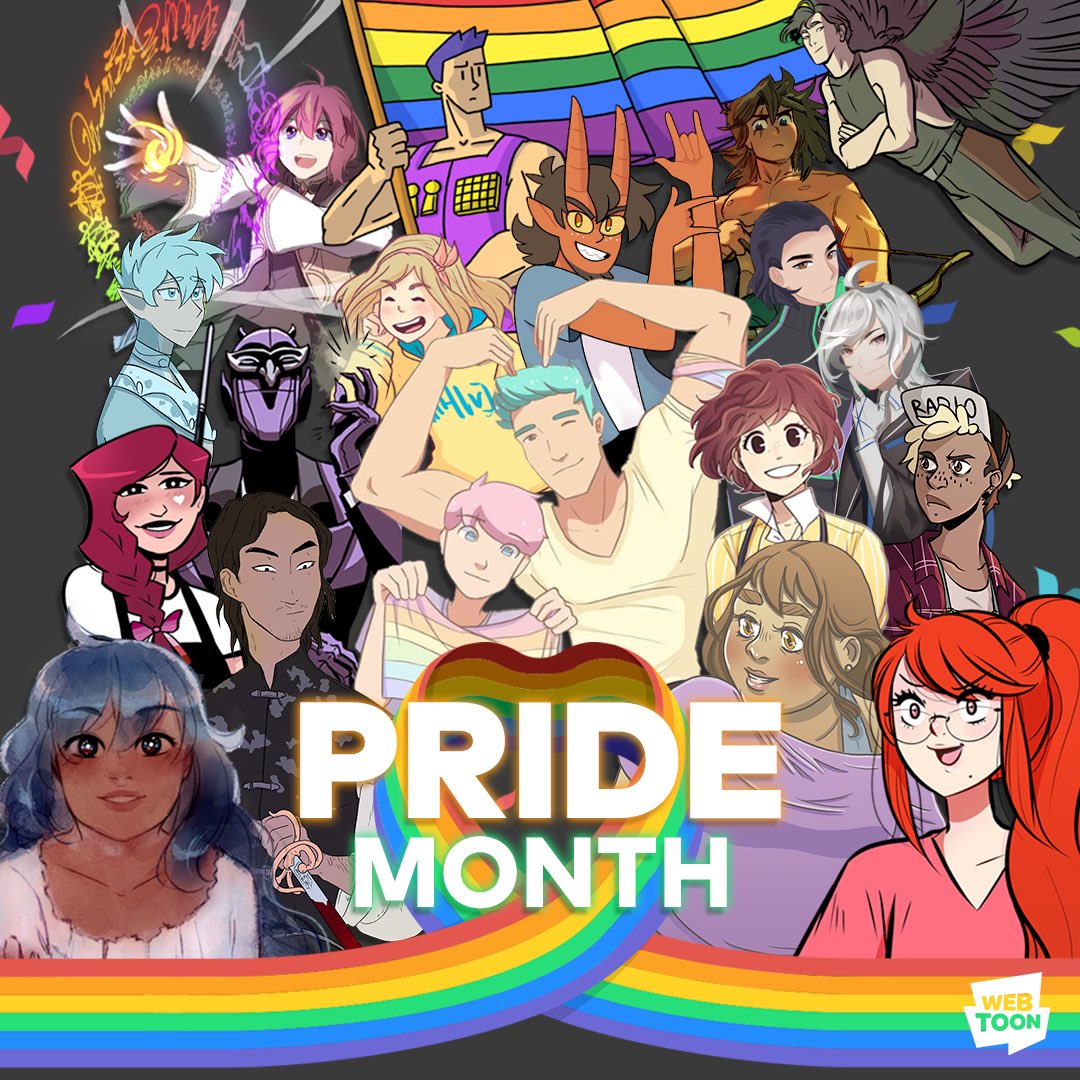 ones. While only few Korean Webtoons such as Gay House by Park Tae-joon depict LGBTQ+ characters, most other Korean Webtoons illustrate heterosexual couples. “I don’t think I have read many Korean Webtoons with LGBTQ+ representation, the only one I can think of is Lookism, but even there nothing is flat out confirmed,” said Mika. “Meanwhile I see a lot more representation in international Webtoons, which often include not only LGBTQ+ side characters, but often main characters in non-romance relationships as well.”
ones. While only few Korean Webtoons such as Gay House by Park Tae-joon depict LGBTQ+ characters, most other Korean Webtoons illustrate heterosexual couples. “I don’t think I have read many Korean Webtoons with LGBTQ+ representation, the only one I can think of is Lookism, but even there nothing is flat out confirmed,” said Mika. “Meanwhile I see a lot more representation in international Webtoons, which often include not only LGBTQ+ side characters, but often main characters in non-romance relationships as well.”
Talia also explained the large amount of LGBTQ+ representation in international Webtoons. “I can name at least 5 international Webtoons that involve LGBTQ+ protagonists and side characters. But honestly, if I look at Korean Webtoons, I really don’t see that there-those are centered more towards your traditional heterosexual couples with your usual drama.”
As both Mika and Talia mention, LGBTQ+ representation is much more apparent in international Webtoons. On the global Webtoons app, there is a Pride Collection that displays more than 15 LGBTQ+ Webtoons produced by global creators. These comics range from romance to fantasy, providing readers with a wider genre of comics that include LGBTQ+ representation.

Furthermore, specific beauty standards are much more apparent in Korean Webtoons than international comics. For example, True Beauty by Yaongyi, a popular Korean Webtoon, portrays an “ugly” main character who is bullied at school. However, once the main character uses makeup to fit the Korean beauty standards, she gains popularity at school and online.
“Korean beauty standards emphasize a very pale skin, very skinny body, and natural face look,” said Connie Y., a freshman at BCA. “These standards reflect everywhere and are emphasized more specifically in K-Webtoons and K-media.”
However, international Webtoons show varying ideas of beauty. There are evidently more characters with unique hair colors, different body figures, facial features, and more. “I think that Korea shows a very set, almost standardized standard for beauty,” said Grace C., a freshman at BCA. “This includes light skin, big eyes, a certain figure, and more. And you can really see this through the Webtoons they make. But I feel like, with international Webtoons, you see a lot more diversity in the characters, and aspects of them are more creative than the conventional beauty standards that are seen in Korea and its Webtoons.” Essentially, global Webtoon creators illustrate unique ideas of beauty, diversifying the definition of beauty in Webtoons.
Ultimately, Webtoons are growing increasingly inclusive and diverse as global creators bring their cultural backgrounds and ideas into their work. This growing amount of representation in aspects such as race and sexuality enables more global readers to connect to the stories on a deeper level. By doing so, more people all over the world can enjoy Webtoons!
Sources
https://www.webtoons.com/en/collection/pride/209
Image Credits
https://webtoons-static.pstatic.net/image/pc/home/og_tw.jpg?dt=2020081801
https://i.pinimg.com/originals/31/c2/7f/31c27f8ba868e2fc1ee26894f4d74f32.jpg
https://webtoons-static.pstatic.net/image/pc/home/og_tw.jpg?dt=2020081801
https://i.gr-assets.com/images/S/compressed.photo.goodreads.com/books/1592123011l/45882522._SY475_.jpg




